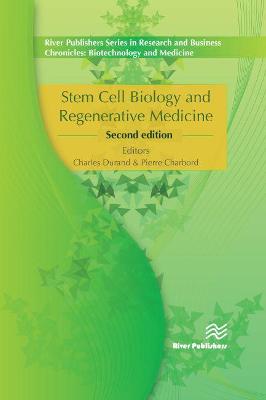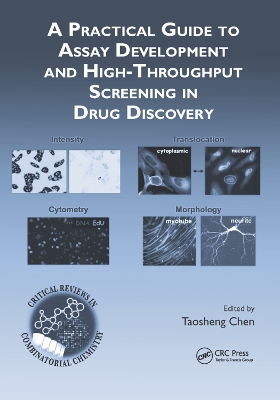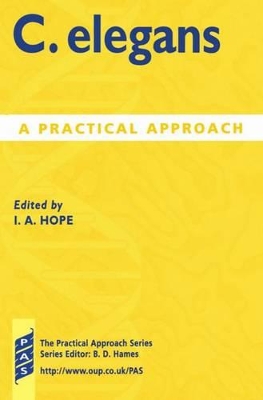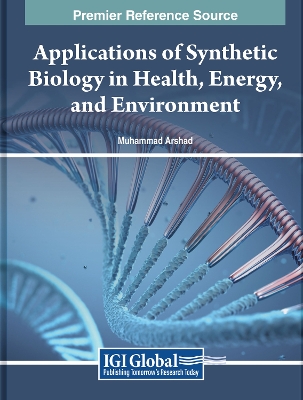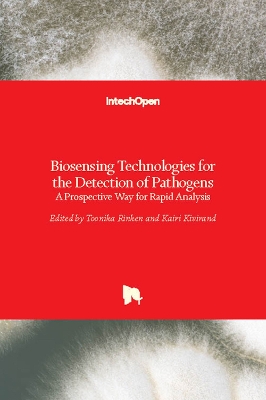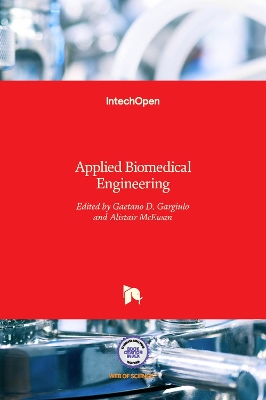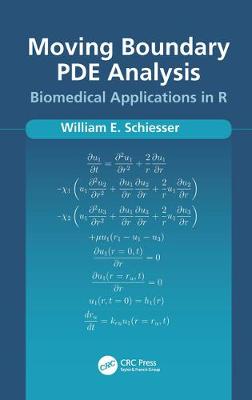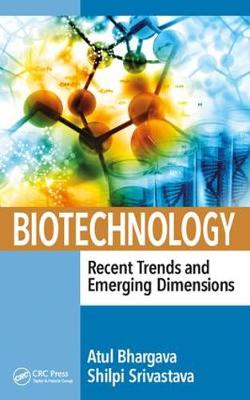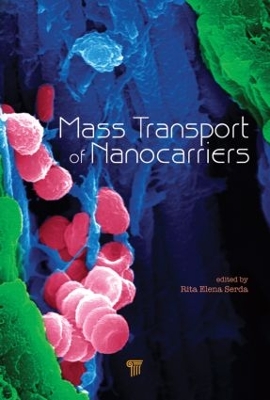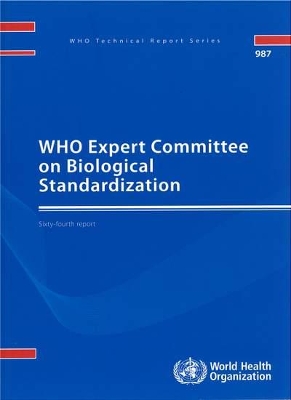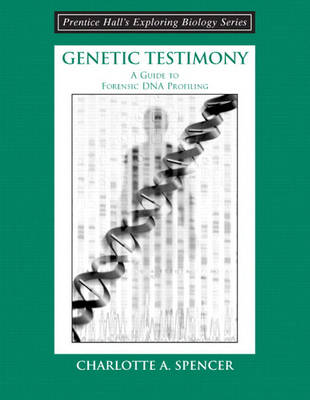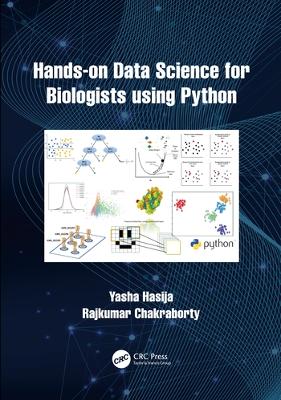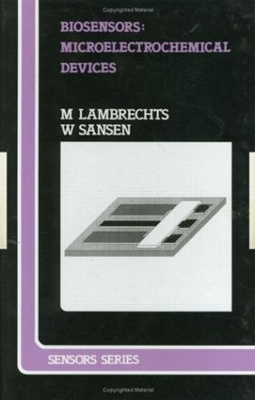The study of stem cell biology is under intensive investigation. Because stem cells have the unique capability to self-renew and differentiate into one or several cell types, they play a critical role in development, tissue homeostasis and regeneration. Stem cells also constitute promising cell candidates for cell and gene therapy. The aim of this book is to provide readers and researchers with timely and accurate knowledge on stem cell biology and regenerative medicine. This book will cover man...
We live in the world where nothing is difficult, if there is a market. There is therefore the dilemma of want and need. Technology wants what life wants. Using technologies, it seems, it is possible to do anything and produce anything. The centre of gravity of the engineering profession is shifting. The world wants confident engineers who can foresee and manage the unknown and unexpected problems. Engineers are expected to understand global issues, and the nuances of working in a culturally dive...
Biotechnology: Economic and Social Aspects
This book was first published in 1992. This book deals with an area of great importance: the issues involved in developing biotechnologically based industries in the developing countries. The science and most of the techniques are well established and it is often possible to obtain the desired finance. This book, however, examines the sort of choices that a developing country has to make as to whether to go ahead with any of the projects outlined in the book and their likely socio-economic conse...
Basic Biotechnology
Biotechnology is one of the major technologies of the twenty-first century. Its wide-ranging, multi-disciplinary activities include recombinant DNA techniques, cloning and the application of microbiology to the production of goods from bread to antibiotics. In this new edition of the textbook Basic Biotechnology, biology and bioprocessing topics are uniquely combined to provide a complete overview of biotechnology. The fundamental principles that underpin all biotechnology are explained and a fu...
Sixth World Conference on Neutron Radiography
by Shengori Fujine, Keji Kanda, and Hisao Kobayahi
A Practical Guide to Assay Development and High-Throughput Screening in Drug Discovery
by Taosheng Chen
The development of suitable assays, the integration of appropriate technology, and the effective management of the essential infrastructure are all critical to the success of any high-throughput screening (HTS) endeavor. However, few scientists have the multidisciplinary experience needed to control all aspects of an HTS drug discovery project. A Practical Guide to Assay Development and High-Throughput Screening in Drug Discovery integrates the experience of diverse experts who offer fundamental...
C. elegans (Practical Approach, #213)
Caenorhabditis Elegans has been a popular model organism for biological research for over thirty years and has been used to investigate many aspects of animal development, for example apoptosis, the Hox genes, signal transduction pathways, and the development of the nervous system. It has recently taken on new importance with the publication of the entire genome sequence in 1998. The first chapter gives all the basic information on C. elegans required to use it: it's natural history, anatomy, li...
This practical guide presents a road map for safety assessment as an integral part of the development of new drugs and therapeutics. Helps readers solve scientific, technical, and regulatory issues in preclinical safety assessment and early clinical drug developmentExplains scientific and philosophical bases for evaluation of specific concerns - including local tissue tolerance, target organ toxicity and carcinogenicity, developmental toxicity, immunogenicity, and immunotoxicityCovers the develo...
Tissue Engineering for Therapeutic Use (International Congress S., v. 1243)
This publication is the 6th proceedings volume in a series of "Symposia on Tissue Engineering for Therapeutic Use". These symposia were sponsored by the Japan Society for Promotion of Science (JSPS) to encourage research on tissue engineering in Japan. The previous five volumes have also been published as part of the ICS series, and this volume is the last in the series. The Tissue Engineering Research Project was set up in 1996 and during the course of the 5 years that the first symposia were h...
Biotechnology: Concepts, Methodologies, Tools, and Applications
Biotechnology can be defined as the manipulation of biological process, systems, and organisms in the production of various products. With applications in a number of fields such as biomedical, chemical, mechanical, and civil engineering, research on the development of biologically inspired materials is essential to further advancement. Biotechnology: Concepts, Methodologies, Tools, and Applications is a vital reference source for the latest research findings on the application of biotechnology...
Biosensing Technologies for the Detection of Pathogens
Applied Biomedical Engineering
Mathematical models stated as systems of partial differential equations (PDEs) are broadly used in biology, chemistry, physics and medicine (physiology). These models describe the spatial and temporial variations of the problem system dependent variables, such as temperature, chemical and biochemical concentrations and cell densities, as a function of space and time (spatiotemporal distributions). For a complete PDE model, initial conditions (ICs) specifying how the problem system starts and bo...
Biotechnology: Recent Trends and Emerging Dimensions
Biotechnology is a multidisciplinary field encompassing microbiology, bichemistry, genetics, molecular biology, chemistry, immunology, cell and tissue culture physiology. This book describes the recent developments in these areas. Current research topics such as Quorum sensing, Integrons, Phytomining are discussed, which would serve as an excellent reference work for both academicians and researchers in the field.
Providing a foundation in heat and mass transport, this book covers engineering principles of heat and mass transfer. The author discusses biological content, context, and parameter regimes and supplies practical applications for biological and biomedical engineering, industrial food processing, environmental control, and waste management. The book contains end-of-chapter problems and sections highlighting key concepts and important terminology It offers cross-references for easy access to relat...
Mass Transport of Nanocarriers
This book describes barriers from the macro to the nanoscale, starting with endothelial and mucosal barriers, and ending with cellular organelles. Experimental approaches to track nanoparticles in vitro and in vivo are presented, as well as the ability to tailor-make nanoparticles for specific functions. Several model types of nanoparticles are presented, as well the impact of particle attributes on biological transport.
Enzymes in Industry and Medicine (Studies in Biology) (New studies in biology)
by Gordon F. Bickerstaff
Developments in genetic engineering, enzyme isolation and enzyme stabilization have combined to increase the range of enzymes available for potential application in biological and chemical reactions. This book attempts to illustrate some of the mid-20th century processes in enzyme applications in analytical procedures, medical therapy and industrial conversions that underpin and have helped to establish current 21st century enzyme technology.
WHO Expert Committee on Biological Standardization
For undergraduate courses in introductory-level Human Genetics, Biochemistry, and Molecular Biology courses. Also appropriate as a resource for law schools, legal clinics, and law enforcement offices. Part of the "Prentice Hall Exploring Biology Series", DNA Forensics explores the subject of modern DNA profiling in straightforward language, requiring and is aimed at students with little background in science or biotechnology. It raises controversial questions about the uses and potential misuse...
Hands on Data Science for Biologists Using Python
by Yasha Hasija and Rajkumar Chakraborty
Hands-on Data Science for Biologists using Python has been conceptualized to address the massive data handling needs of modern-day biologists. With the advent of high throughput technologies and consequent availability of omics data, biological science has become a data-intensive field. This hands-on textbook has been written with the inception of easing data analysis by providing an interactive, problem-based instructional approach in Python programming language. The book starts with an intro...
Biosensors are analytical devices that combine a biologically sensitive element with a physical or chemical transducer to selectively and quantitatively detect the presence of specific compounds. Balancing basics, principles, and case studies, Biosensors: Microelectrochemical Devices covers the theory and applications of one class of biosensor-microelectrochemical devices. The book clearly explains microelectronic techniques used to produce these cheap, fast reacting, and disposable sensors with...
